Microsoft may challenge Apple Vision Pro with its own video pass-through headset
2 min. read
Updated on
Read our disclosure page to find out how can you help MSPoweruser sustain the editorial team Read more
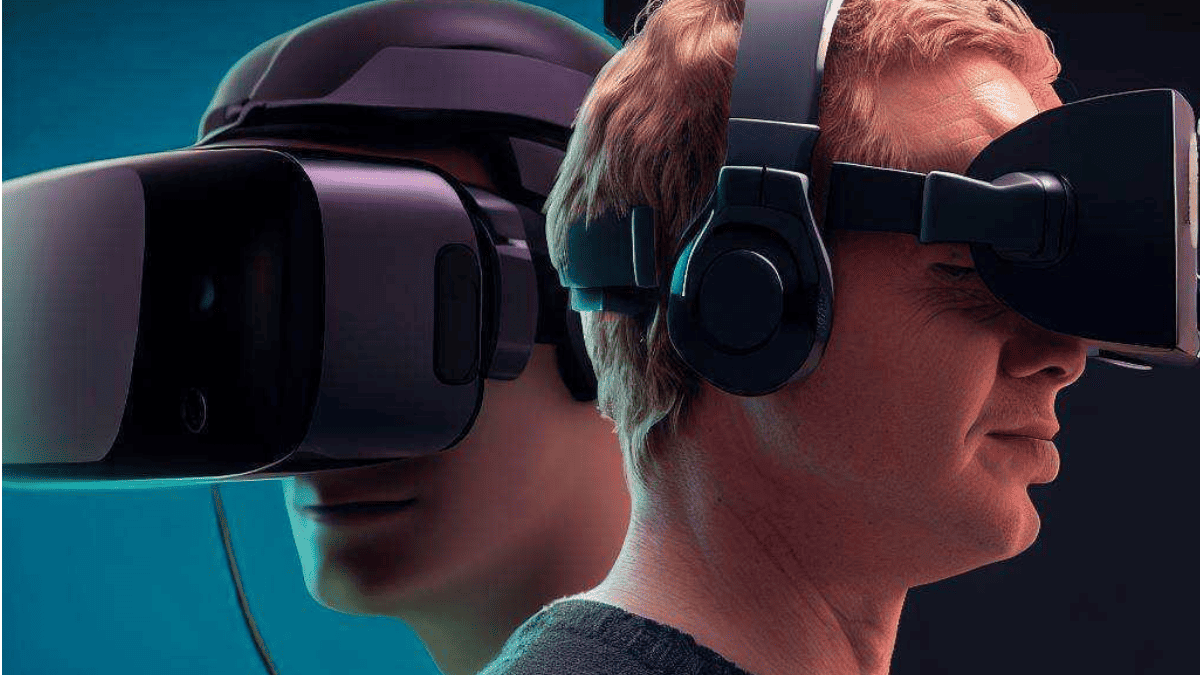
The AR headset race between Microsoft and Apple is just getting heated. The former is working on a new line of video pass-through headsets. The patent has just been cleared from the queue and is now up for review.
It works almost similarly to Apple’s Vision Pro, and instead of using a specialized augmented reality headset like its HoloLens devices, you’ll simply see a live camera feed of the real world overlaid with augmented reality content.
The patent was first filed back in April 2021 but has just been published for public feedback recently. Microsoft claims a few key concepts and designs of this new pass-through headset. It includes a host computer, a head-mounted display device (HMD), a camera, an augmented reality (AR) control circuit, and a display.
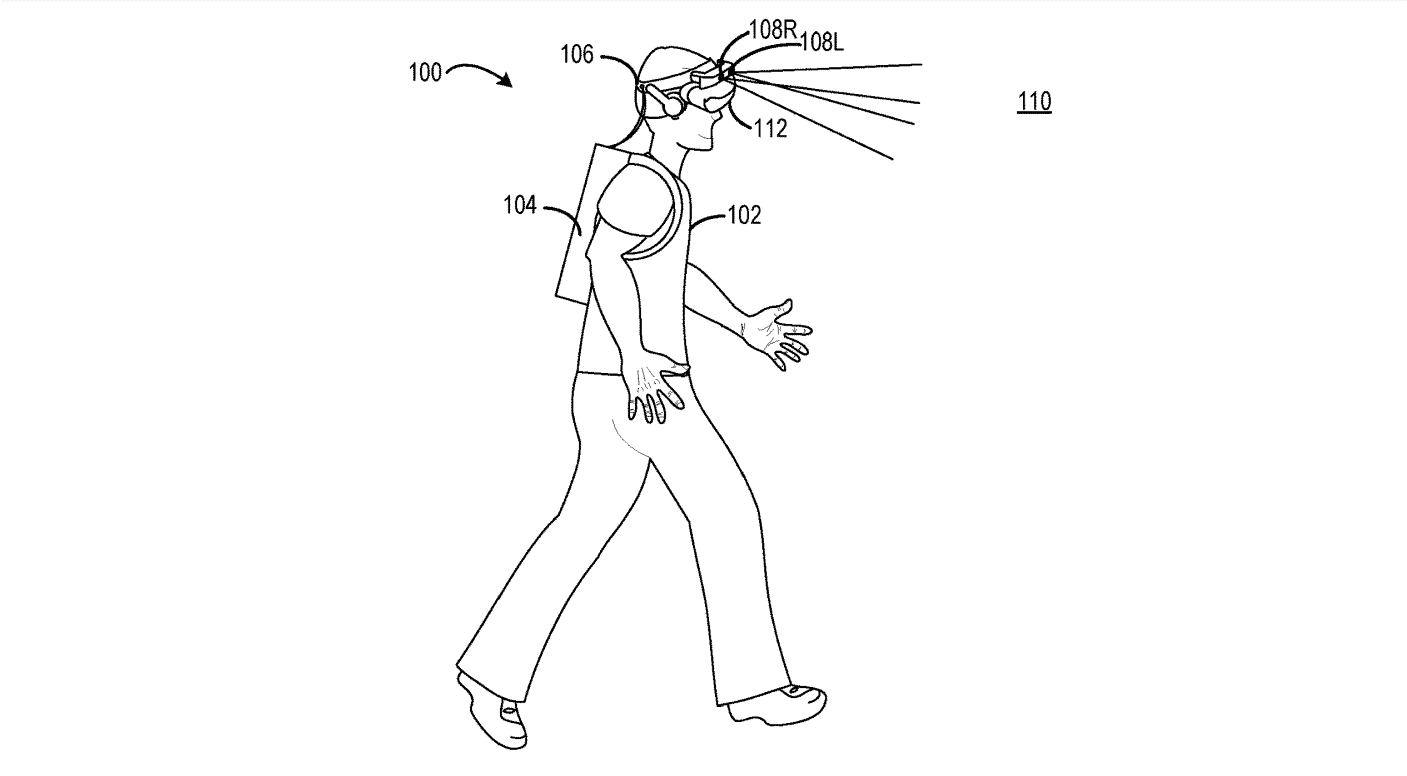
“A video stream is “passed through” the device from the camera to the display, so the user views the physical scene through the video stream without viewing the physical scene directly. Furthermore, virtual imagery may be composited with the video feed from the camera to create an augmented reality (AR) experience. The opaque head-mounted display may have various advantages relative to an AR system with a see-through display,” the document reads.
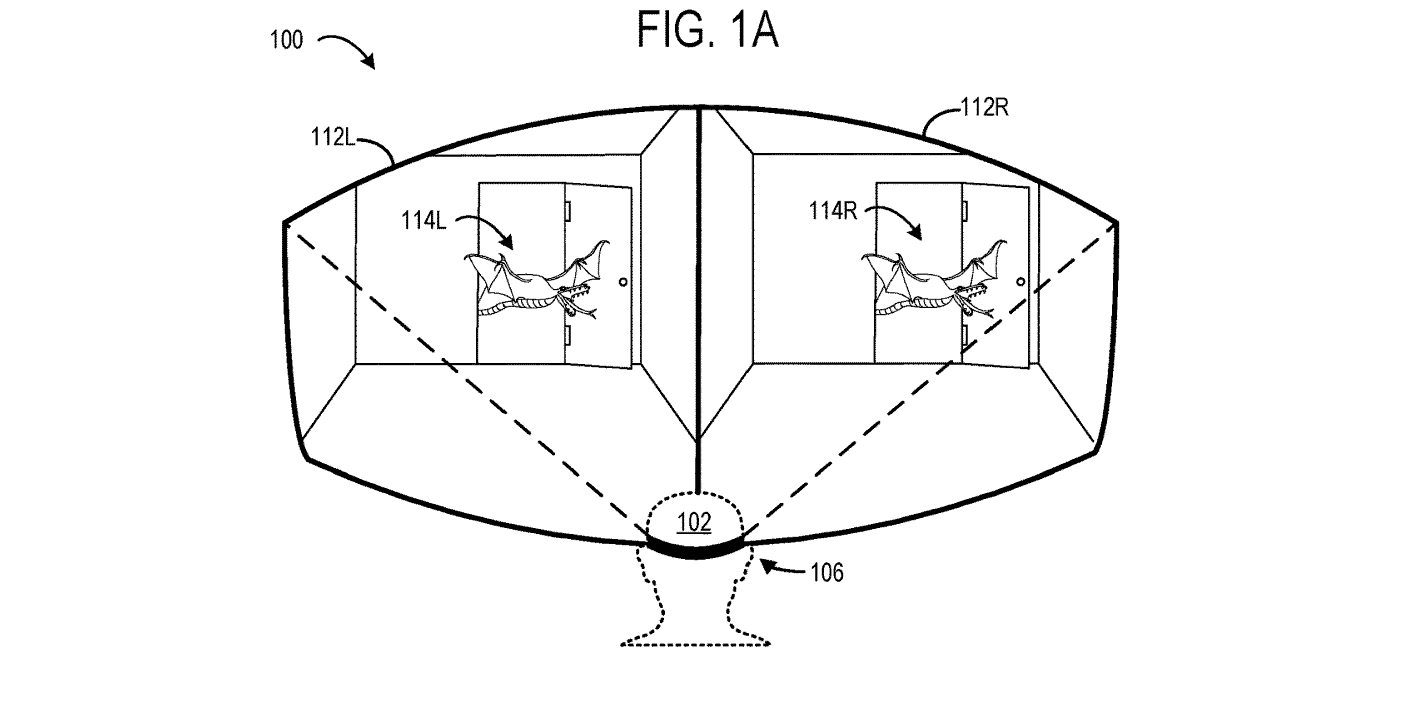
Microsoft claims its video pass-through headset has serious advantages over AR — smoother, crispier, and quicker.
Normally, a pass-through headset has problems with latency between video capture and display. For example, unwanted objects may appear if you move your head since the content may lag behind your movement.
But Microsoft solves this issue by using a special circuit in the glasses. The circuit takes the images the camera captures and enhances them. It then combines the enhanced camera images with the images created by the computer to create a final image. This final image is then displayed on the glasses’ screen.
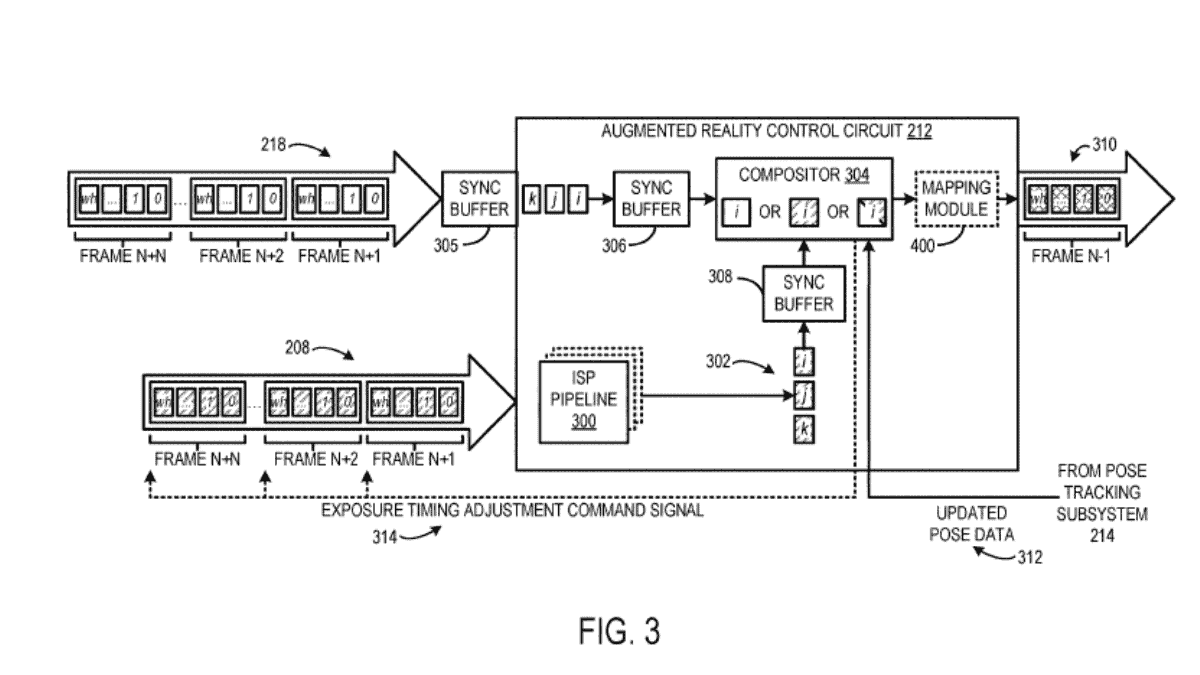
The circuit also ensures that the camera images and the computer-made images are in sync. This is done by looking at the timing of the images. If the images are not in sync, the circuit adjusts them so they match up perfectly.
Normally though, one would need 3 to 4 years to get a patent approved. Interestingly, Apple highlighted during its Vision Pro reveal that it has over 5,000 patents around the mixed-reality device. And as per this old statistic, Microsoft has over 10,000 patents in the AR/VR space.

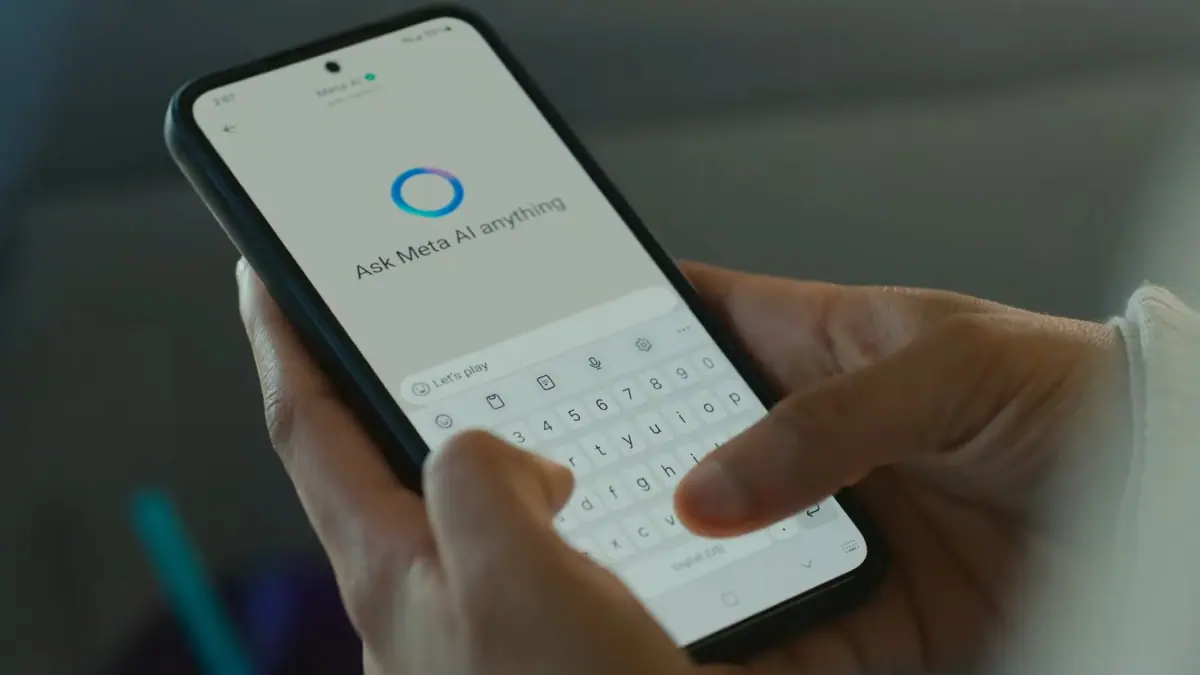

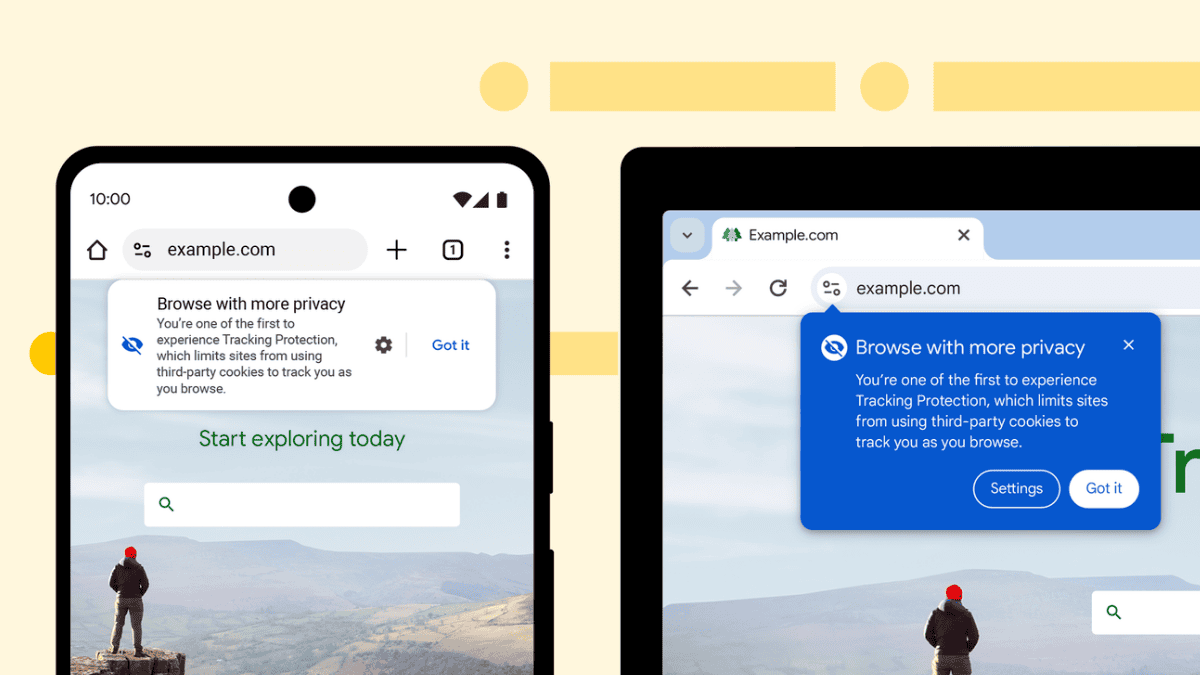
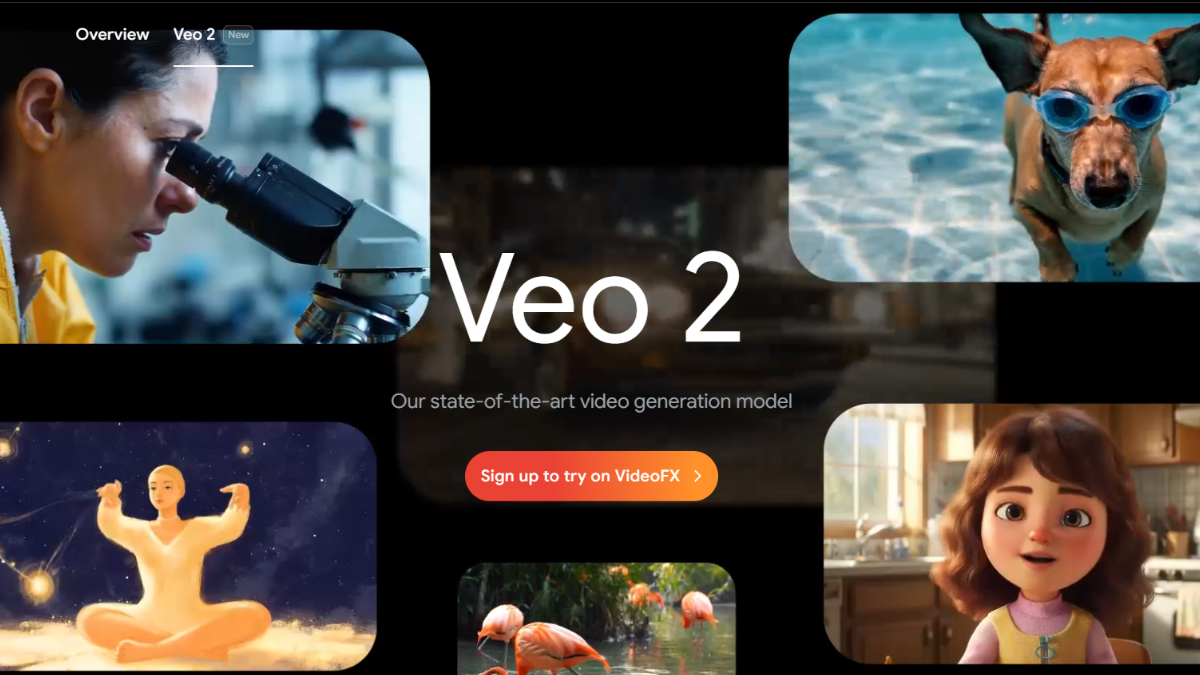
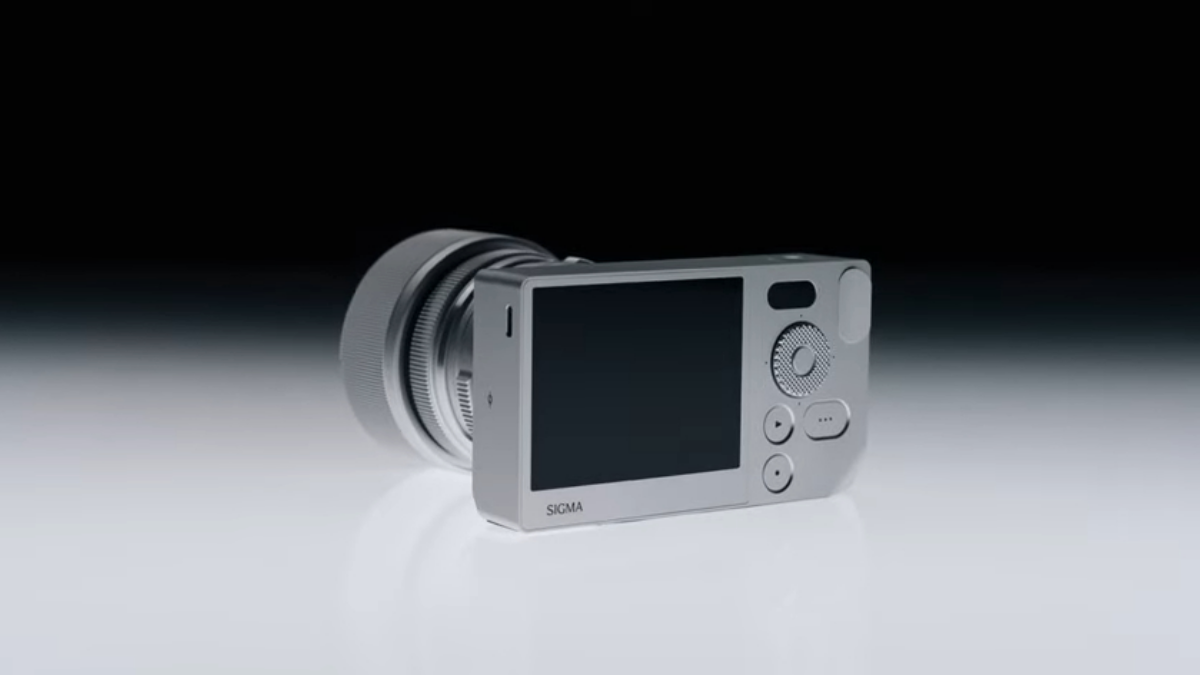

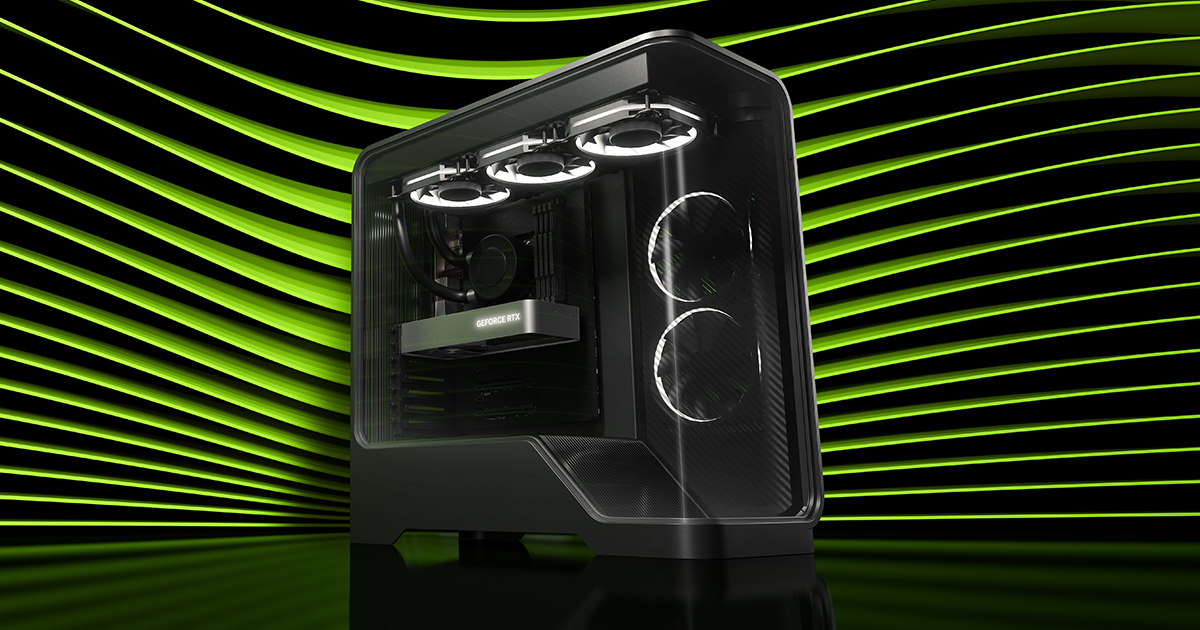

User forum
1 messages